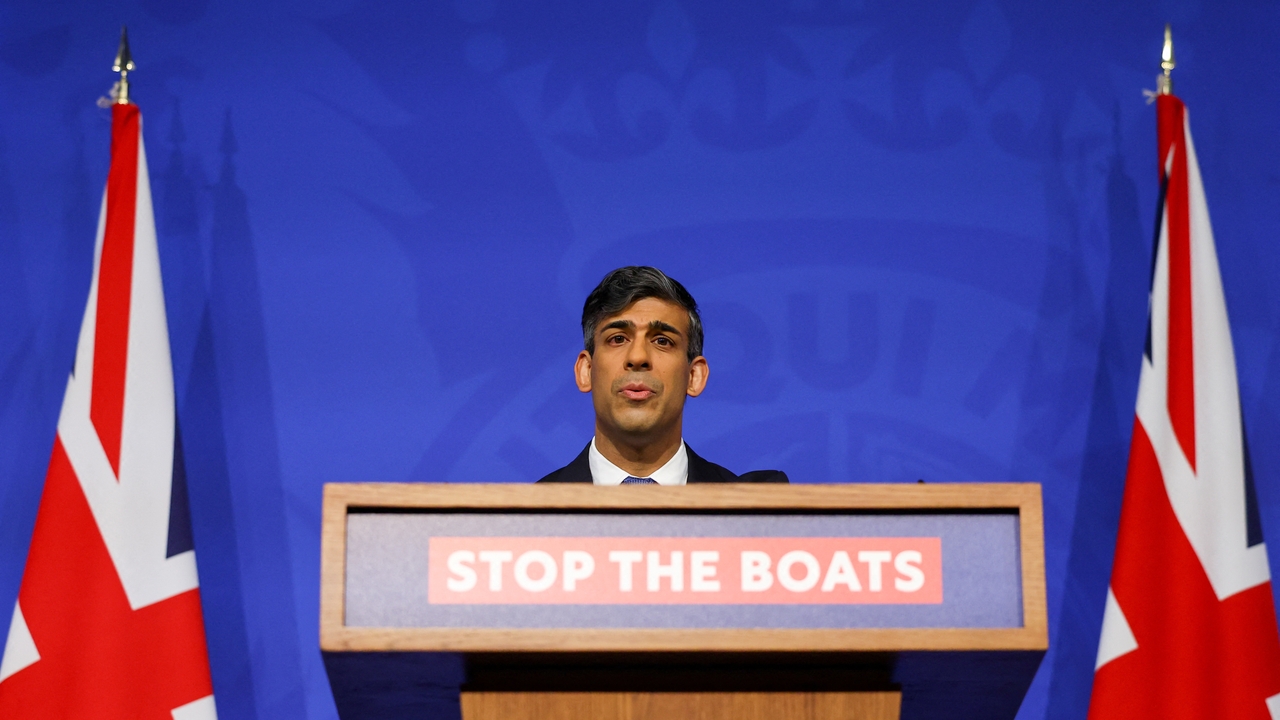LONDON – Pub closures in England and Wales jumped 47% in the first quarter of 2023 compared to the previous year as a result of inflation, according to a study published yesterday.
The reason for the closure is an increase in electricity bills, while customers pay much more for pints of beer, drinks and food, according to a study by real estate advisory firm Altus Group, based on government data.
The British CEO last year ended large financial aid after the coronavirus, which hit companies hard, and recently cut subsidies to pay energy bills.
All this makes pubs “more attractive as an alternative investment”, that is, to convert them into houses or apartments, says Alex Probyn, head of property tax at Altus Group.
A total of 153 pubs closed in the first quarter, up from 104 in the first three months of 2022, according to Altos.
UK annual inflation remains stuck in double digits and in February it accelerated to 10.4%.
Meanwhile, rising prices have prompted English consumers to go to the supermarket at least five times a week in search of offers to combat the increase in the cost of living. Added to this, a few days ago, the producers of the UK’s largest agricultural regions warned that shortages of some horticultural products such as tomatoes and peppers could extend into May due to labor shortages, rising energy costs, inflation and the supply chain from climate change. This led some of the country’s largest supermarket chains to place restrictions on products such as cucumbers, lettuce, peppers, tomatoes, berries, bags of salad, and eggs.
the prices
According to a recent study conducted by the consulting firm Kantar and published by the British media, food prices increased by 17.5% compared to the previous year in March. Eggs, milk and cheese are the most popular.
Kantar’s head of consumer and retail information, Fraser McKevitt, highlighted that the frequency of consumers’ visits to supermarkets is the highest since the start of the pandemic, excluding Christmas. In addition, he noted that supermarkets are struggling to attract customers. The average consumer visits three or more of the retailer’s top 10 retailers in any given month in search of the best value, according to a Kantar study.
Food prices rose last year due to higher production costs due to higher energy prices and disruptions in supply chains.
According to the Office for National Statistics (ONS), food prices rose in February at their fastest rate in 45 years, driven in part by shortages of fruits and vegetables.
France Press agency


:quality(85)/cloudfront-us-east-1.images.arcpublishing.com/infobae/ITUZQQXWI5ESDM7HV7TXONMIYM.png)


:quality(85)/cloudfront-us-east-1.images.arcpublishing.com/infobae/OKCIFWBHJZHSXD5DVICGJBH72Q.jpg)